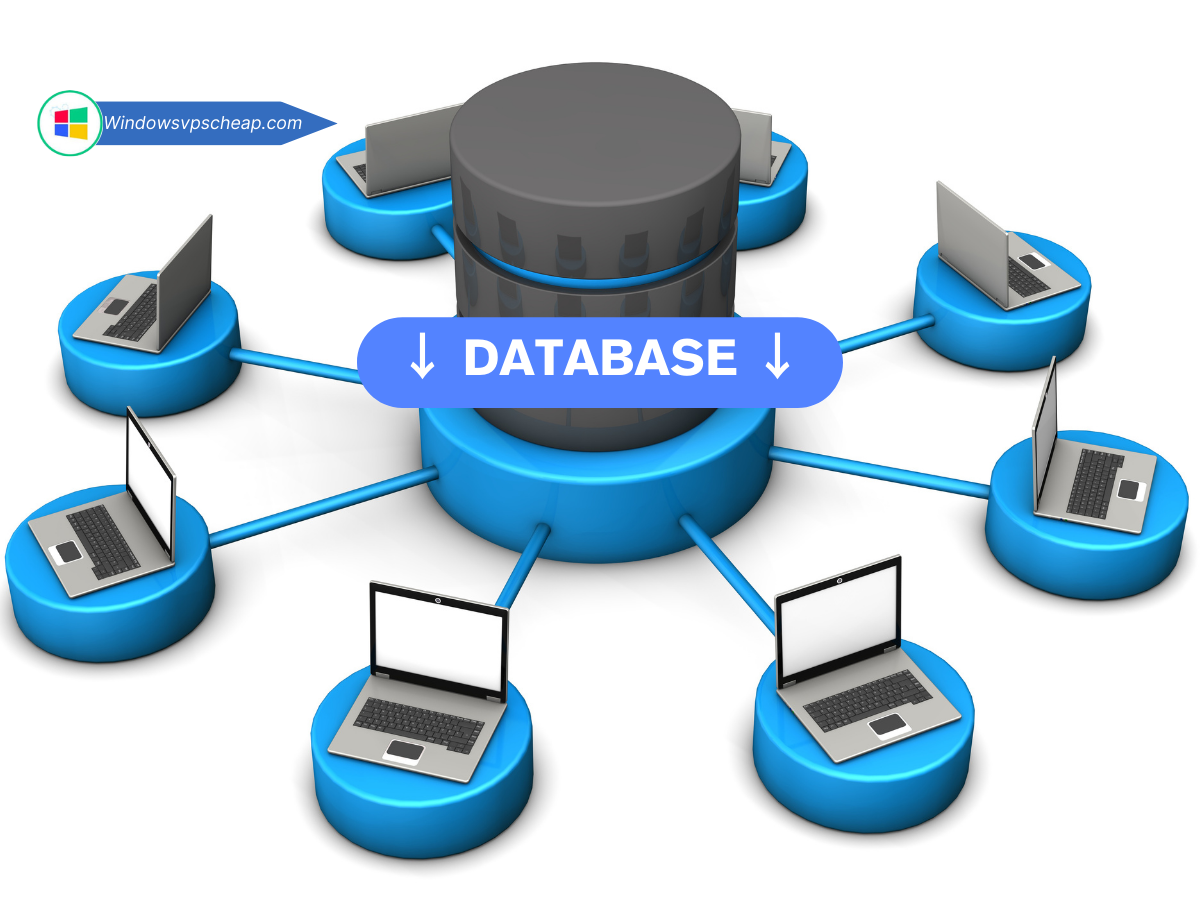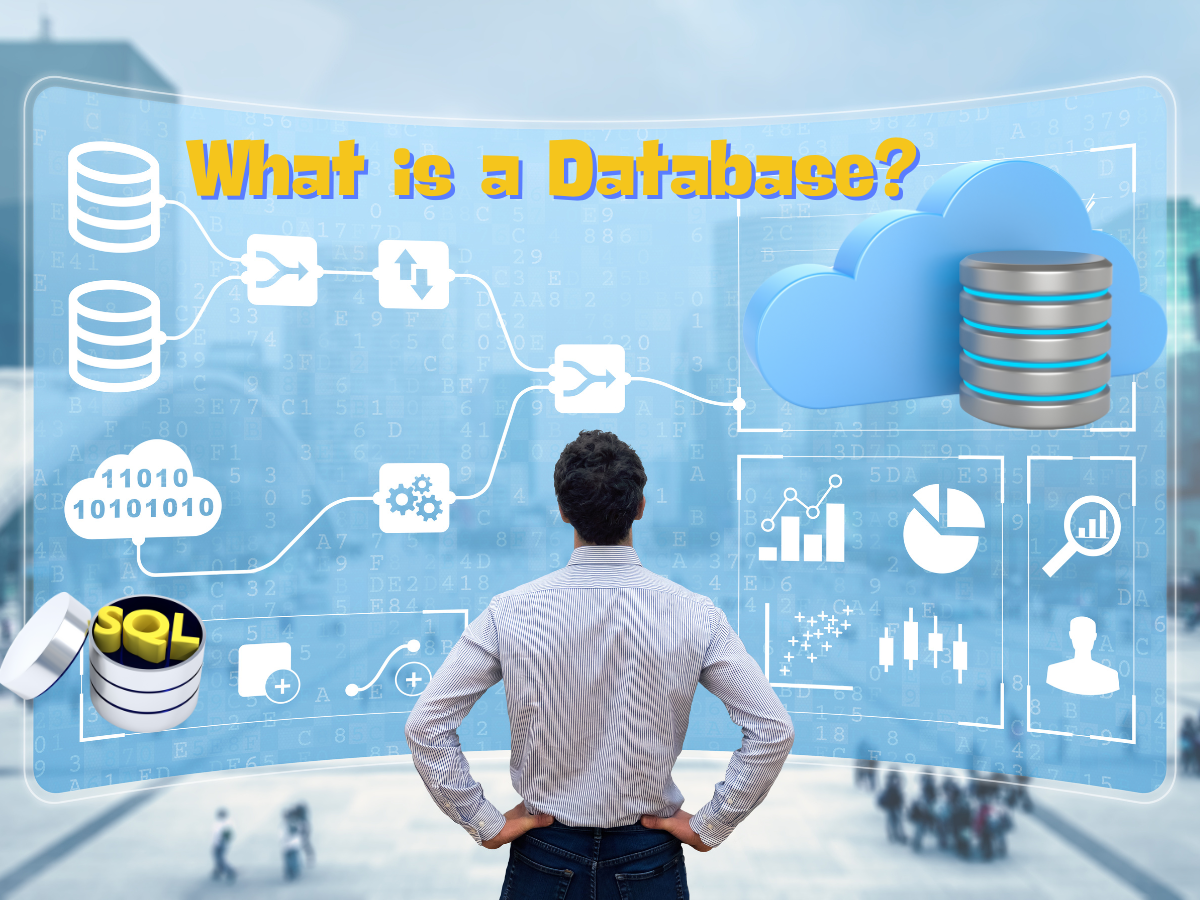In today’s data-driven world, databases are fundamental to the operation of various applications and systems. Understanding what a database is and the different database models available can help businesses and developers make informed decisions about data management. This article provides a comprehensive overview of databases, popular database models, and their applications in modern technology.
What is a Database?
A database is an organized collection of structured information, or data, typically stored electronically in a computer system. Databases are managed by Database Management Systems (DBMS), which allow users to create, read, update, and delete data efficiently. The primary purpose of a database is to store and retrieve related information in a way that is both fast and reliable.

Key Components of a Database
Data: The actual information stored, organized in tables, records, and fields.
DBMS: Software that interacts with end users, applications, and the database itself to capture and analyze data.
Schema: The structure that defines the organization of data within the database, including tables, fields, and relationships.
Popular Database Models
There are several database models used to organize and manage data. Each model has its own structure and is suited to different types of applications.
1. Relational Databases
Overview
Relational databases are the most widely used type of databases. They store data in tables, where each row represents a record and each column represents a field. Tables can be related to each other through foreign keys.
Examples
- MySQL: Open-source, widely used for web applications.
- PostgreSQL: Advanced open-source relational database with support for complex queries.
- Oracle Database: Comprehensive, enterprise-grade database known for its performance and scalability.
- Microsoft SQL Server: Popular relational database used in many enterprise environments.
Applications
- Web applications
- Enterprise resource planning (ERP) systems
- Customer relationship management (CRM) systems
2. NoSQL Databases
Overview
NoSQL databases are designed to handle unstructured or semi-structured data. They offer flexibility and scalability, making them suitable for big data and real-time web applications.
Types
- Document Stores: Store data in documents, often in JSON or BSON format. Examples: MongoDB, CouchDB.
- Key-Value Stores: Store data as key-value pairs. Examples: Redis, DynamoDB.
- Column Stores: Store data in columns rather than rows. Examples: Apache Cassandra, HBase.
- Graph Databases: Store data as nodes and edges, ideal for analyzing relationships. Examples: Neo4j, Amazon Neptune.
Applications
- Social networks
- Real-time analytics
- Content management systems
- Internet of Things (IoT) applications
3. Object-Oriented Databases
Overview
Object-oriented databases store data in the form of objects, as used in object-oriented programming. This model supports complex data representations and relationships.
Examples
- ObjectDB: Native Java database.
- db4o: Open-source object database for Java and .NET.
Applications
- Complex simulations
- Multimedia applications
- Engineering applications
4. NewSQL Databases
Overview
NewSQL databases aim to provide the scalability of NoSQL systems while maintaining the ACID (Atomicity, Consistency, Isolation, Durability) properties of traditional relational databases.
Examples
- Google Spanner: Globally distributed database.
- CockroachDB: Cloud-native distributed SQL database.
- VoltDB: High-speed transactional database.
Applications
- Financial applications
- Telecommunications
- Online transaction processing (OLTP) systems
Applications of Databases Today
1. E-Commerce
Databases power e-commerce platforms by managing product catalogs, customer information, order processing, and inventory management. Relational databases like MySQL and PostgreSQL are commonly used due to their ability to handle complex queries and transactions.
2. Healthcare
In healthcare, databases manage patient records, treatment histories, and billing information. Relational databases ensure data integrity and compliance with regulations like HIPAA.
3. Social Media
Social media platforms rely heavily on databases to store user profiles, posts, interactions, and media files. NoSQL databases like MongoDB and Cassandra are popular choices due to their ability to handle large volumes of unstructured data.
4. Finance
Financial institutions use databases to manage accounts, transactions, and fraud detection. NewSQL databases offer the scalability and high availability required for real-time transaction processing.
5. Internet of Things (IoT)
IoT applications generate massive amounts of data from sensors and devices. NoSQL databases like Cassandra and time-series databases like InfluxDB are ideal for handling this data due to their scalability and efficient data ingestion capabilities.
Conclusion
Databases are the backbone of modern applications, enabling efficient data storage, retrieval, and management. They come in various models, including relational, NoSQL, and NewSQL, each suited to different types of applications and data requirements. Today, these systems are integral to diverse applications, from enterprise systems and e-commerce platforms to social networks and IoT devices. Understanding these models and their applications helps businesses and developers choose the right solutions to meet their specific needs and optimize performance.
For more insights into database management and the latest trends in technology, stay tuned to our blog. If you have any questions or need further assistance, feel free to reach out to Windowsvpscheap support team.
CATEGORY:Knowledge

